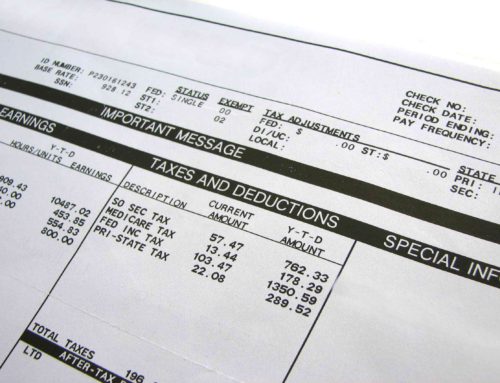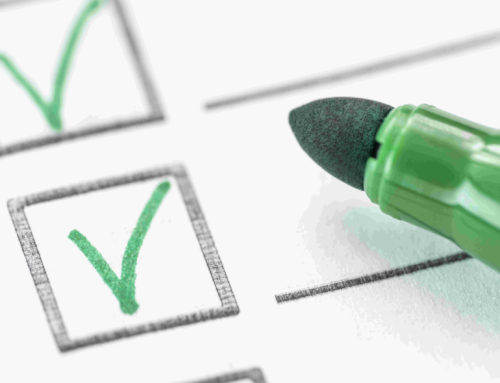Did you catch what I did there? The Money Whys Guy…fuggedabout it? Ok, even if that was a swing and a miss, this actionable post promises to at least get you on base, possibly a double or more. If you don’t get the baseball analogy, I’m basically saying that after you read this, you’ll have something you can do to improve your life…at least the financial part of it.
I hear lots of people say saving is hard and they ask me how I’m able to do it. The answer is simple. I don’t. No, I don’t mean I don’t save. I do that a lot. I mean I rarely take the manual steps to do it myself. Instead, I automate it and in this article, I’ll talk about how you can do the same. First, let’s talk about why and then we’ll get to the good stuff, the how.
So why automate your savings? Several reasons:
- We are human and sometimes we suck at remembering or following through with things. This is why we have alarms, calendar reminders, email reminders, DVR reminders, bill pay reminders, and the list goes on. Saving is no exception. We automate it so we don’t forget to do it.
- There’s no second guessing whether you should save. If someone gave you a $100 bill on the first of every month, it’s almost a guarantee that all $100 wouldn’t make it to your savings account. You would likely find a very compelling reason why you need to spend at least some of it on eating out or a new shirt or a game or a movie or…you get the point. When you automate, there’s no decision point. The saving just happens.
- You don’t miss it. Similar to reason #2, when you automate your savings, you don’t have a chance to miss the money because it’s going straight into your savings/retirement account(s). You’re not the middle man. An example of this is when I’ve gotten raises in the past. Before I received my first paycheck with the increased amount, I would increase my automatic saving by the amount of the raise. The result: my take home pay stayed the same, but my savings increased. I didn’t give myself a chance to miss the money because I was bringing home the same amount of money I had been since my last raise.
Ok, now on to the "how"
Don’t worry if you can’t do all of these right out of the gate. The key is to just start doing something now. The best case scenario is that you forget about it and then happen to look at your account one day in the future and say, “Whoa, where’d all this money come from?!”
Pro Tips
That’s all for now. Hit me up and let me know how it’s working (or not working 😕) for you.







